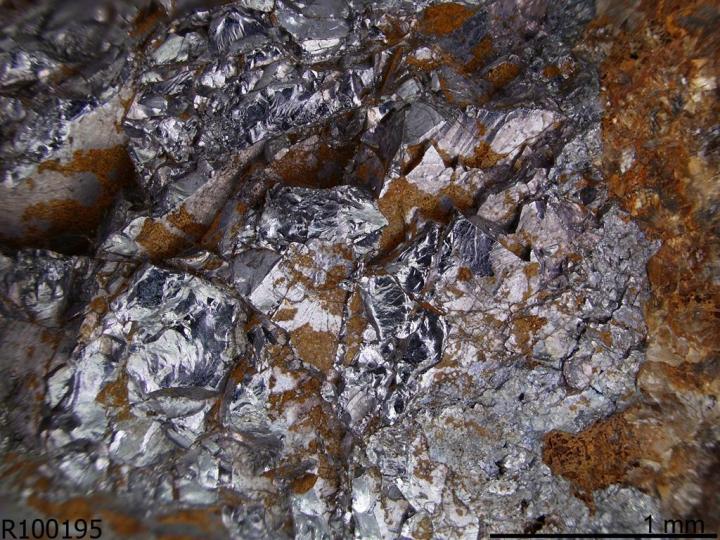
The materials, which NASA has licensed to NY-based fabricator Evident Technologies, are minerals called skutterudites. Primarily composed of cobalt with variable amounts of nickel and iron, their chemical makeup is well-suited to converting heat to electricity. They’ve been historically difficult to produce quickly and cheaply, but NASA’s discovered a commercially viable way to make them at scale.
It helped that NASA’s no stranger to the materials. The agency’s long history with skutterudites began at the dawn of spaceflight; scientists, forced to find alternative power sources for travel in areas absent of sunlight, settled on thermoelectrics. Voyager 1 and 2, in fact, rely on radioisotope thermoelectric generators (RTGs), or components that convert heat from radioactive decays into electricity, for energy. Both are still in operation, 35 years after their launches.
Evident Technologies plans for the technology are a little more terrestrial. “We feel that there is an unmet need for customers who want to convert high-temperature heat into electricity,” said Clint Ballinger, CEO of Evident Technologies. “We are excited to capitalize on these NASA advances and plan to launch commercial products very soon.”
Very soon, in this case, means about three months. That’s a pretty fast turnaround, and an exciting development for a broad swatch of industries. Longer-lasting hybrids, anyone?
Editors' Recommendations
- Volvo unveils the electric 2022 C40 Recharge with Android-powered in-car tech
- NASA wants your help to design a space toilet for the moon
- NASA wants your help to design an avoidance sensor for a Venus rover


